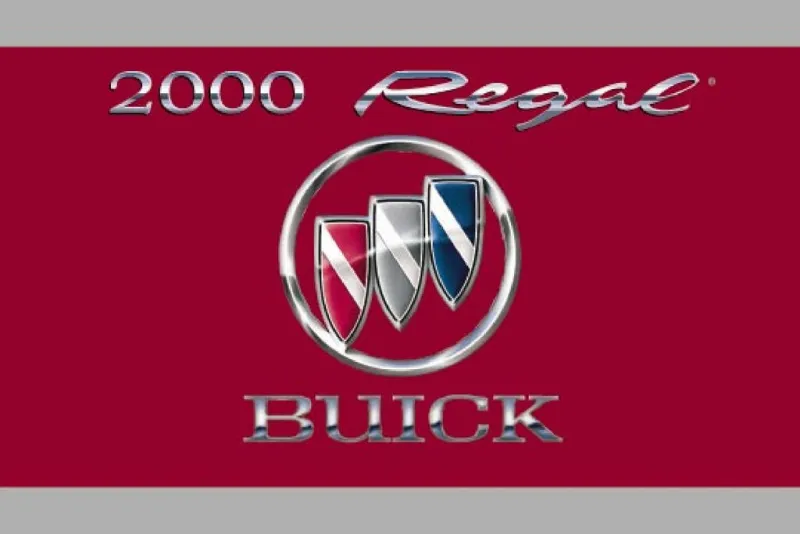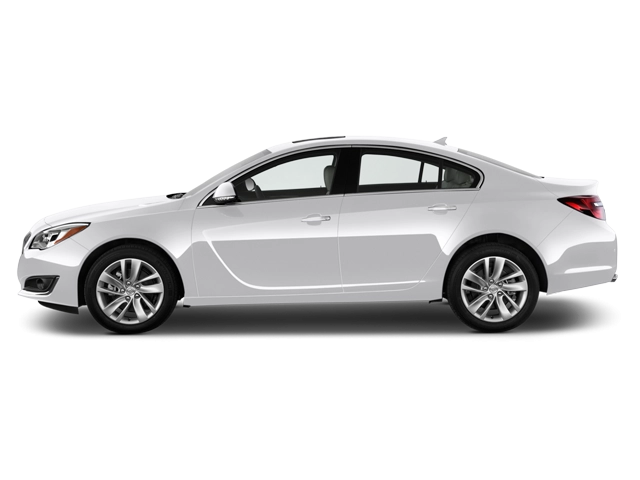2000 Buick Regal Owner's Manual

Table of Contents
2000 Buick Regal Overview
Introduction
The 2000 Buick Regal is a classic sedan that seamlessly blends comfort, style, and reliability. Positioned as a mid-size vehicle, it appeals to drivers looking for a sophisticated driving experience without compromising on practicality. With its timeless design and thoughtful features, the Regal of this era is often considered a hidden gem in the automotive world. Whether you're commuting through city traffic or embarking on a long-distance journey, the Regal offers a refined ride that keeps drivers returning for more.
Powertrains
This model year offers two impressive powertrain options, providing a robust performance tailored to your driving style. The base engine is a 3.1-liter V6, delivering 160 horsepower, combining efficiency with adequate power for everyday driving. For those seeking a more spirited performance, the Regal GS variant features a supercharged 3.8-liter V6, boasting an exhilarating 240 horsepower. Both engines are paired with a smooth-shifting four-speed automatic transmission, ensuring a seamless driving experience and improved fuel efficiency.
Trims
The 2000 Buick Regal comes in several trims, including the base model, Custom, and the performance-oriented GS. The base model focuses on comfort and convenience, while the Custom trim adds enhanced amenities like alloy wheels and a premium sound system. The GS trims emphasize sporty attributes and come equipped with performance enhancements, making it a favorite among enthusiasts who crave added excitement on the road.
Features
Owner's Manual
The owner's manual for the 2000 Buick Regal serves as a comprehensive guide to maintaining and enjoying your vehicle. It contains crucial information about maintenance schedules, operational tips, troubleshooting common issues, and a detailed overview of vehicle features. This resource is invaluable for any owner to maximize the longevity and performance of their Regal, ensuring that it remains a reliable companion for years to come.
User manual download
The Buick Regal owner manual for the 2000 model year is to be found in PDF downloadable format on this page. The owner manual for the model year 2000 is free and in English, but the repair manuals are usually not easy to get and may cost more.
Manual Questions
Fill the form below and someone will help you!

